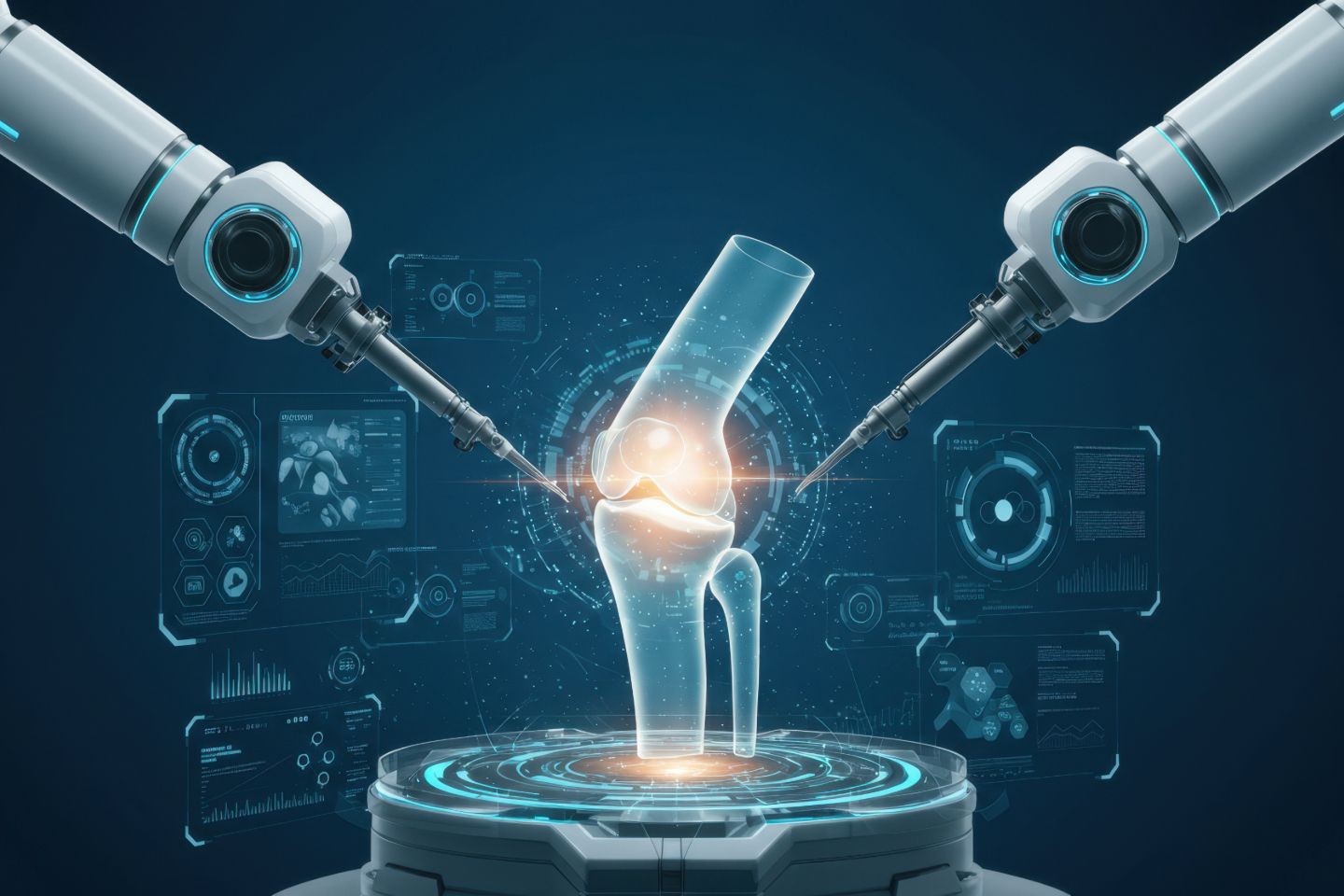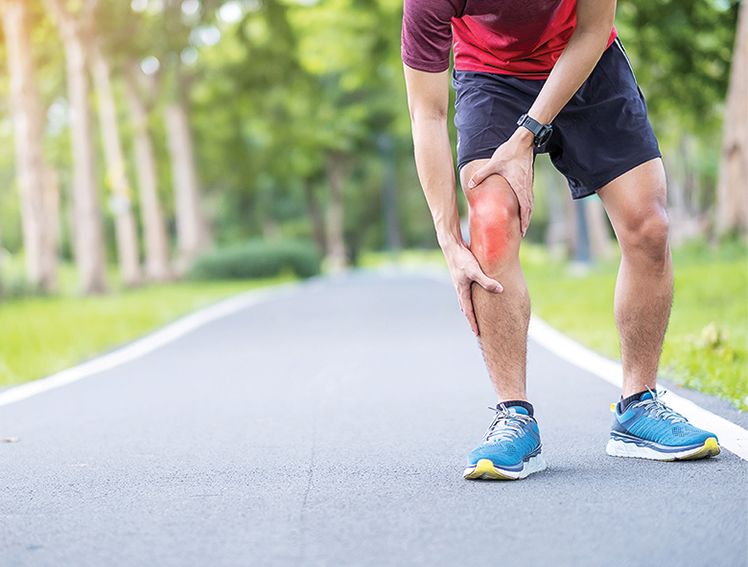
Can Robotic Surgery Help with Revision Joint Replacements?
Introduction
When it comes to joint replacement, most people expect it to last a lifetime. And in many cases, it does. But sometimes, for various reasons, a joint replacement might need to be done again. This is called a revision joint replacement. It sounds complicated, right? With the help of robotic surgery, this process is becoming smoother and more accurate.
Let's break this down in simple terms and see how robotic surgery is changing the game for revision joint replacements.
What Makes Revision Joint Replacement Challenging?
Let's say someone has already had a knee or hip replaced. Over time, they may face issues like wear and tear, loosening of the implant, or bone changes. Sometimes, accidents or infections can also make a revision necessary.
Now, revision joint replacement is a bit more detailed than a first-time joint surgery. The surgeon must deal with old implants, possible bone loss, and ensure the new joint fits perfectly. It doesn't mean the surgery is risky. It just means the surgeon needs to be extra careful and precise. And this is exactly where robotic surgery comes in to help.
What Is Robotic-Assisted Joint Replacement Surgery?
Robotic surgery is not about robots doing surgery on their own. Think of it like a super-smart helper that assists the surgeon. In robotic surgery, the surgeon uses advanced tools and a computer system to plan and perform the surgery with more accuracy.[1]
Before the operation, a 3D image of the patient's joint is created using scans. This gives the surgeon a clear view of the joint's shape and condition. During the surgery, the robotic arm helps guide the tools to the exact location needed. The surgeon is always in control, but now they have a precise, steady partner by their side.
How Robotic Surgery Supports Revision Joint Replacement
When it comes to revision joint surgery, every tiny detail matters. That's why robotic surgery can be a big help. Since the joint has already been replaced once, the anatomy may have changed a bit. Bone might have shifted, or there may be less bone to work with.
Robotic surgery helps by offering:
Better planning: The 3D imaging lets the surgeon study the joint before surgery and make a perfect plan.
Improved precision: The robotic arm ensures that every cut and placement is just right.
Custom fit: With the data from the scans, the new joint can be aligned exactly the way the patient needs it.
So even if the joint area is a bit more complicated this time, the surgeon has all the tools needed to make it work smoothly.
Benefits of Robotic Surgery in Revision Cases
There are many ways in which robotic-assisted surgery makes revision joint replacements better:
Accuracy: Everything is done with careful measurements, so the chances of errors are reduced.
Less tissue damage: The tools are precise, which means surrounding muscles and tissues are protected.
Better joint movement: A well-placed joint helps patients move more naturally after surgery.[2]
Faster healing: Since the surgery is more focused, the body can often heal faster.
Lower chances of repeat surgery: A better fit and proper alignment mean the new joint may last longer.
Many patients feel more confident knowing that robotic surgery was used during their revision procedure. It gives a sense of safety and trust in the process.
What Patients Should Ask Their Surgeon
If you or someone in your family is going for a revision joint replacement, it's okay to have questions. Talking to the surgeon and getting all the answers can help reduce any stress.
Here are some useful questions to ask:
Is robotic surgery a good option for my case?
What are the benefits of using robotic surgery in my revision?
How will this surgery be different from my first joint replacement?
What kind of results can I expect?
How long will the recovery take?
Being open with your surgeon helps both you and your doctor work together for the best results. Always share your health history and current concerns so they can give you the right advice.
Misso Robotic System by Meril Life
The MISSO Robotic System by Meril Life is a smart surgical tool made in India to help doctors perform knee replacement surgeries more accurately. It uses 3D CT scans and robotic technology to plan and guide the surgery with high precision. With a special robotic arm and real-time tracking, it ensures the implant fits perfectly. The system is compact, easy to use, and helps improve results and recovery for patients.
Conclusion
Revision joint replacements can feel like a big step, but thanks to new technology, it's becoming safer and more reliable. Robotic surgery is playing a powerful role in improving the way these surgeries are done. Better planning, more accuracy, and a gentler touch help surgeons give patients a fresh start with their joints.
Whether you've had a joint replaced before or are simply exploring options, knowing about robotic surgery can make a huge difference in your journey. Always talk to your healthcare team, ask questions, and make informed choices. With the right support, you can move freely and confidently again.



